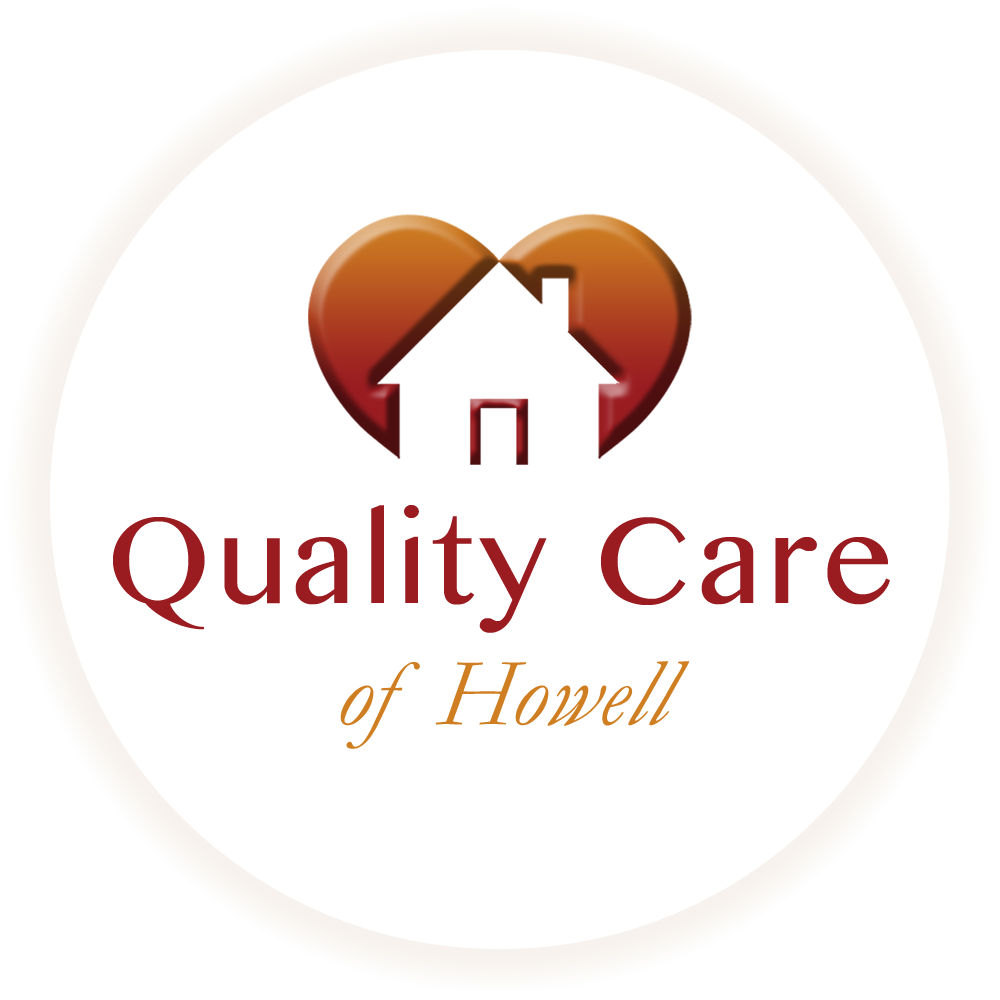Image from Pexels
At Quality Care of Howell, we prioritize the health and well-being of our residents, and one of the most critical health markers we monitor is blood pressure. Understanding what blood pressure is, why it matters, and how to take an accurate reading is essential for both caregivers and residents alike. In this edition of our newsletter, we will focus on the basics of blood pressure and the importance of accuracy in its measurement.
What is Blood Pressure?
Blood pressure is the force exerted by circulating blood against the walls of your arteries as the heart pumps. It is one of the vital signs that indicate the general health of an individual’s cardiovascular system. Blood pressure is expressed as two numbers:
Systolic Pressure: The top number, which measures the pressure in your arteries when your heart beats.
Diastolic Pressure: The bottom number, which measures the pressure in your arteries when your heart rests between beats.
For example, if your blood pressure is 120/80 mmHg, the systolic pressure is 120, and the diastolic pressure is 80.
Why Blood Pressure Matters in Senior Care:
Maintaining a healthy blood pressure is essential for overall cardiovascular health. In senior citizens, blood pressure can fluctuate due to various factors such as diet, medications, stress, and underlying health conditions like hypertension or heart disease. Proper blood pressure management helps reduce the risk of serious health issues, including:
Heart Attack: High blood pressure increases the strain on your heart, leading to a greater risk of a heart attack.
Stroke: Elevated blood pressure can damage blood vessels in the brain, making stroke more likely.
Kidney Damage: High blood pressure is one of the leading causes of kidney disease.
Cognitive Decline: There is evidence suggesting that poorly managed blood pressure can contribute to cognitive decline and dementia in older adults.
In an assisted living setting like Quality Care of Howell, regularly monitoring residents’ blood pressure is crucial for early detection of potential health issues. This allows us to work with healthcare professionals to adjust treatment plans or medications as needed to ensure residents remain in optimal health.
The Importance of Taking an Accurate Blood Pressure Reading.
Taking an accurate blood pressure reading is a fundamental part of senior care. Incorrect measurements can lead to improper treatment decisions, such as unnecessary changes to medication or missed warning signs of high or low blood pressure.
Here’s why accuracy matters:
Misleading Readings: A falsely high or low blood pressure reading can result in incorrect treatments, potentially leading to complications like dizziness, fainting, or even increased heart strain.
Medication Management: Many residents rely on medications to manage their blood pressure. Accurate readings help healthcare providers determine the effectiveness of these medications and whether adjustments are needed.
Early Detection: Accurate readings allow caregivers and healthcare professionals to detect trends in blood pressure that could signal early warning signs of more serious conditions, such as cardiovascular disease or kidney failure.
1.Prepare the Resident: Ensure the resident is relaxed and seated comfortably, with their feet flat on the ground and back supported. The resident should rest for about 5 minutes before taking a reading. Encourage the resident to avoid caffeine, smoking, or exercise for at least 30 minutes before taking a reading, as these can raise blood pressure.
2. Proper Arm Positioning: Use the upper arm for the most accurate reading. Position the arm so it’s at the same level as the heart. The arm should be supported, either on a table or armrest, with the palm facing upward. Make sure the arm is free of any restrictive clothing, such as rolled-up sleeves that might interfere with the cuff.
3.Apply the Blood Pressure Cuff Correctly: Use the right size cuff to fit the resident’s arm. A cuff that’s too small or too large can result in inaccurate readings. Place the cuff around the upper arm, about an inch above the bend of the elbow. The cuff should be snug but not tight.
4. Take the Reading: Use a reliable, properly calibrated blood pressure monitor. Follow the manufacturer’s instructions to take the reading. If using a manual device, make sure to listen carefully with a stethoscope for both the systolic and diastolic beats. Record the reading immediately, noting the exact time and any relevant factors (e.g., medications recently taken, or if the resident felt stressed or anxious).
5. Repeat for Accuracy: If the reading seems unusually high or low, wait a few minutes and take another reading on the same arm. If necessary, check the other arm to ensure consistency.
Tips for Caregivers
Always remain calm and professional during the process to help the resident feel relaxed. Double-check the equipment before use to ensure it is functioning correctly. Keep a record of each resident’s blood pressure trends and report any significant changes to healthcare professionals promptly.
At Quality Care of Howell, we are committed to providing exceptional care for our residents, which includes regular and accurate monitoring of vital signs like blood pressure. By following these best practices, we can ensure that our residents receive the appropriate care and that their health is closely monitored to prevent serious complications. Caregivers play a crucial role in this process, and proper technique is essential for accuracy and resident safety. By paying close attention to blood pressure readings and maintaining a high standard of care, we help promote a healthier, safer living environment for everyone at Quality Care of Howell. Let’s work together to keep our community safe and thriving!





